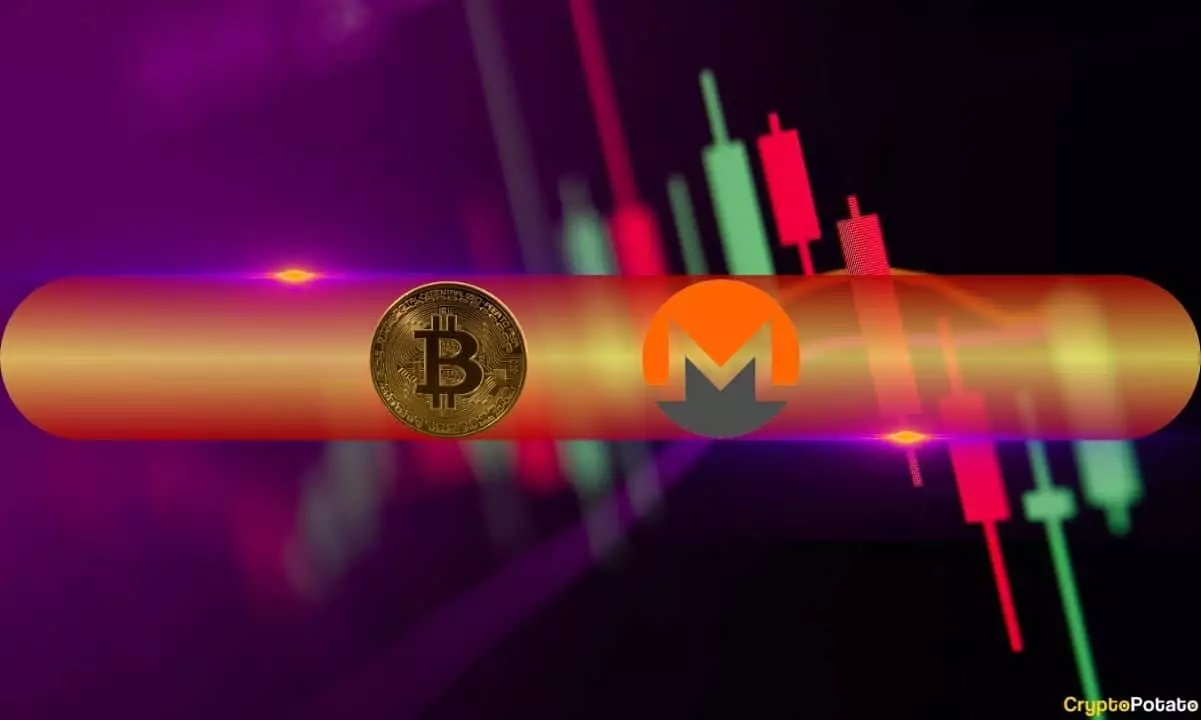In a recent display of volatility, Bitcoin’s price touched an impressive peak of nearly $112,000, only to retract swiftly towards $109,000 thereafter. This rapid ascendance, reminiscent of its previous bull runs, epitomizes why Bitcoin continues to be the crypto market’s bellwether. The significant milestones achieved last week, particularly breaking the January 2025 all-time high, highlighted the momentum that many investors had anticipated. However, this noteworthy achievement was marred by external market forces, demonstrating how sensitive Bitcoin remains to geopolitical and economic shifts.
The abrupt drop following President Trump’s suggestion of new tariffs against the EU underscores the vulnerability of cryptocurrencies to global economic statements. Such incidents make it evident that cryptocurrency, particularly Bitcoin, is not insulated from traditional market influences. While Bitcoin’s ability to rebound from such dips illustrates its resilience, it also reflects the precarious balance between bullish sentiment and the weight of unpredictable external pressures.
Altcoin Stagnation and the Exceptions
While Bitcoin attracts most of the spotlight, the performance of altcoins reveals a rather stark narrative; many did not mirror Bitcoin’s volatility. The observation that most altcoins have been muted in their movements speaks volumes about investor confidence and market trends. SUI managed a remarkable leap of 6%, buoyed by recent positive developments, while XMR suffered significantly, shedding close to 12%. These contrasting performances bring into question the overall stability within the altcoin market.
The dominance of Bitcoin in the cryptocurrency space remains a significant aspect to consider. With a market cap of approximately $2.165 trillion, Bitcoin commands just shy of 61% of the total market—an impressive figure, albeit one that suggests potential issues for altcoins. As Bitcoin continues its rollercoaster journey, the question emerges: are altcoins merely waiting in the wings to ride on Bitcoin’s coattails, or are they destined to remain overshadowed?
Market Sentiment: A Reflection of Investor Psychology
The flow of capital in the cryptocurrency market is nothing if not indicative of investor psychology. Observing Bitcoin’s recent performances, it is evident that buying pressure intensifies after periods of price correction. This behavior is particularly telling; despite the pullbacks, seasoned investors remain eager to seize buying opportunities, which fosters an environment of sustained bullish sentiment.
However, with Bitcoin’s volatility comes increased scrutiny. Investors are tasked with navigating not just the crypto market but also the undercurrents of global economics—an endeavor which can be both thrilling and terrifying. This intricate interplay between investor sentiment, external political influences, and intrinsic market conditions creates a labyrinth that requires astute navigation.
A Broader Perspective on Cryptocurrency Market Dynamics
The intertwined destinies of Bitcoin and altcoins reveal the complexities of the cryptocurrency ecosystem. With Bitcoin often acting as a market sentinel, its performance can dictate the fortunes of other cryptocurrencies. As altcoins struggle to maintain relevance amid Bitcoin’s whirlwind excursions, investors must adopt a strategic mindset.
As we analyze the broader implications of Bitcoin’s rise and fall, it’s clear that cryptocurrencies warrant a critical lens—one that recognizes their potential but also their inherent instability. Ultimately, while Bitcoin remains a formidable player in the financial landscape, the evolving nature of the cryptocurrency market necessitates continuous evaluation. The question lingers: will Bitcoin stabilize enough for altcoins to flourish, or are we in for a continued cycle of tumultuous volatility?

